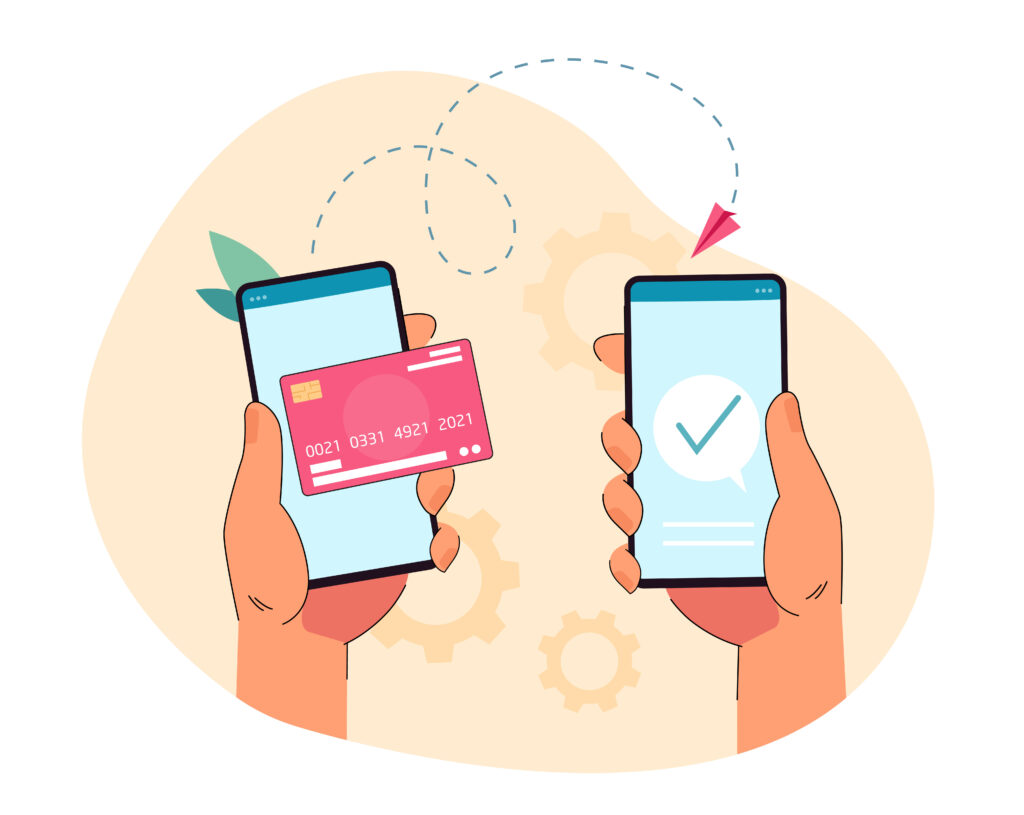In today’s digital economy, payment app development has become a strategic priority for fintech startups and businesses. In simple terms, payment software refers to any digital platform or app that processes and manages electronic financial transactions – from peer-to-peer transfers and bill payments to in-store mobile payments. Custom payment software is designed specifically for your organization and aligns with its unique workflows. By building a tailored payment app, businesses can ensure seamless user experiences, stronger branding, and robust security. The increasing reliance on mobile applications for financial transactions has transformed how people manage their money. Consumers expect fast, convenient, and secure payment apps on their smartphones. This blog post provides an in-depth overview of payment app development, covering market trends (mobile, P2P, UPI), UI/UX design principles, cost considerations, and the benefits of custom solutions – highlighting how ProfitMatics’ payment software development services can help you capitalize on these trends. Market Trends in Payment App Development The digital payments market is booming worldwide. Globally, the person-to-person (P2P) payment sector alone was valued at about $3.21 trillion in 2023 and is projected to grow at a 15% CAGR through 2032. This growth is driven by widespread smartphone adoption and internet access: users can now send money with a few taps on an app. Similarly, India’s market has been on a steep upward trajectory. In the latter half of 2024, India saw roughly ₹198 lakh crore worth of mobile payments – a 30% year-over-year jump – largely fueled by UPI (Unified Payments Interface) transactions. UPI alone accounted for about ₹130 lakh crore in that period, a 31% increase. The Reserve Bank of India reports that UPI’s share of total digital transactions rose from 34% in 2019 to 83% in 2024, with India recording 208.5 billion digital transactions in 2024. These figures highlight the unprecedented scale of mobile and UPI-based payments in India. Payment App Design and UI/UX A successful payment app hinges on intuitive design and user trust. Payment apps often deal with complex flows (like multiple steps for authentication or confirmations), but the interface must make these flows feel simple and safe. A payment app’s UI must go beyond aesthetics to balance functionality, security, and accessibility. In practice, this means following key UI/UX best practices: By following these Payment App UI Design principles – simplicity, trust, responsiveness, and clear feedback – developers can create apps that users find both easy to use and secure. Payment Gateway Integration and Security Behind every payment app is the payment gateway or backend service that actually processes transactions. Integrating a reliable payment gateway is a critical step in app development. Payment gateways handle tasks like authorizing card payments, communicating with banks, and settling funds. Developing or integrating a gateway involves stringent security measures: encryption, tokenization, and compliance with standards like PCI DSS. Key features of a secure payment gateway include: Encryption: All data in transit (e.g. card numbers, account info) must be encrypted to prevent interception. Strong encryption (such as SSL/TLS) is a non-negotiable requirement to secure customer data. Tokenization: Sensitive information is often tokenized – replaced by non-sensitive placeholders – so the app never stores raw card data. This drastically reduces risk in case of a breach, since tokens are meaningless outside the payment system. Fraud Detection: Advanced payment systems include real-time fraud monitoring, anomaly detection, and risk scoring. Implementations might flag unusual transactions or require secondary authentication for high-risk payments. Automated fraud prevention tools help protect both the business and customers. PCI DSS Compliance: Payment Card Industry Data Security Standard (PCI DSS) is a global requirement for systems handling card data. Any payment app and its gateway must follow these rules – from secure data storage to periodic audits. Compliance adds upfront work but is essential for legal operation. Integrating a payment gateway also means connecting to banks, card networks, and local payment rails (like UPI in India). For startups, it often makes sense to partner with established gateway providers (PayU, Stripe, etc.) via APIs, rather than building everything from scratch. However, custom payment gateway development – while costly – offers complete control. It means no per-transaction fees to third parties, and the ability to innovate on transaction flow. Factors such as security audits, hardware infrastructure, bank integrations, and QA all add to this cost. Businesses should budget accordingly, and consider long-term ROI – a custom gateway is a one-time investment versus indefinite third-party fees. Already got an idea for your payment app? Payment App Development Cost and Considerations Building a payment app is a significant investment. Costs vary widely based on features, design, and technology choices. A simple wallet app with basic send/receive features might be on the lower end, whereas a full-featured payment platform with analytics, multi-currency support, and advanced security will be much more expensive. Key cost factors include: Features and Functionality: Each advanced feature adds development hours. For example, integrating multiple payment methods (cards, wallets, UPI), implementing real-time chat support, geolocation, or multi-language support increases complexity. Add-ons like KYC modules, referral engines, loyalty systems, and expense tracking features further raise costs. Security and Compliance: Since payment apps handle financial data, compliance with PCI DSS, RBI guidelines, and data protection laws (like GDPR, DPDP) is mandatory. Ensuring this requires penetration testing, secure code reviews, and documentation – all of which add to the timeline and cost. Design and UI/UX: Investing in thoughtful payment app UI design ensures high retention and adoption. A user-centric design process typically involves wireframing, prototyping, and user testing – essential for smooth flows and conversion. The better the UX, the lower the customer churn. Check out our expert blog on Fintech Ui/ UX design musts to make sure you aren’t lost in the sea of designs! Backend and API Integrations: Custom APIs for banks, CRMs, analytics tools, SMS/email notifications, payment gateways, and fraud detection systems are integral to the functioning of a robust app. Each integration requires time and testing, especially when connecting with financial institutions. Scalability and Hosting: If your app is expected to scale
